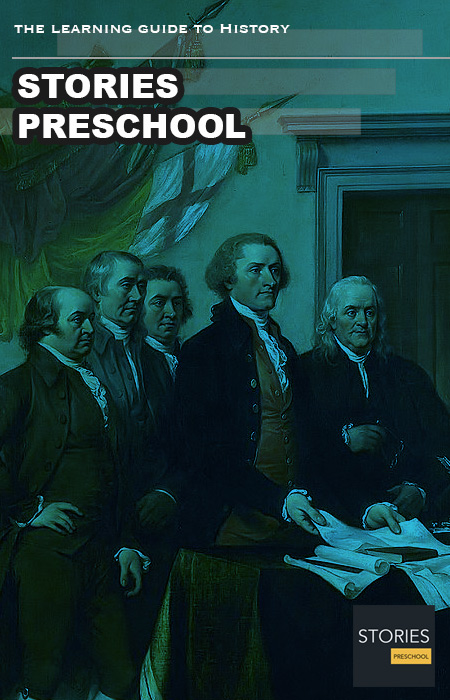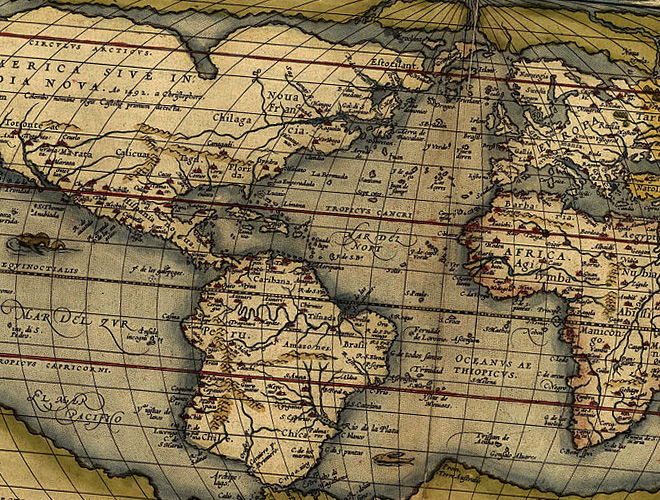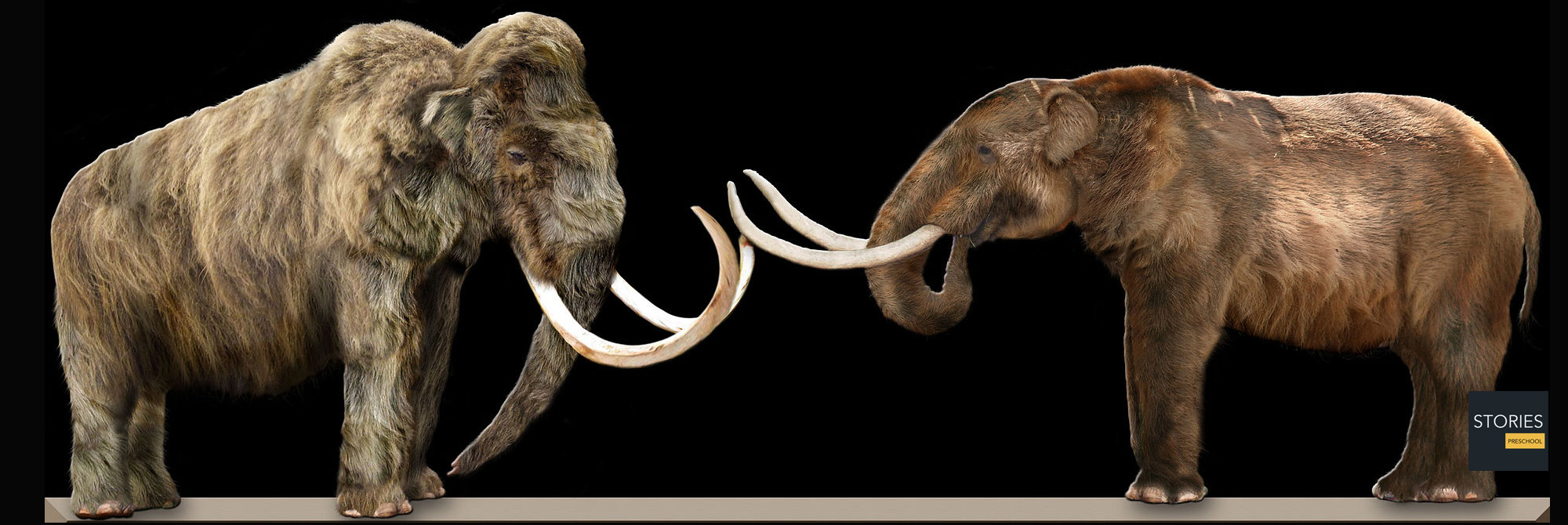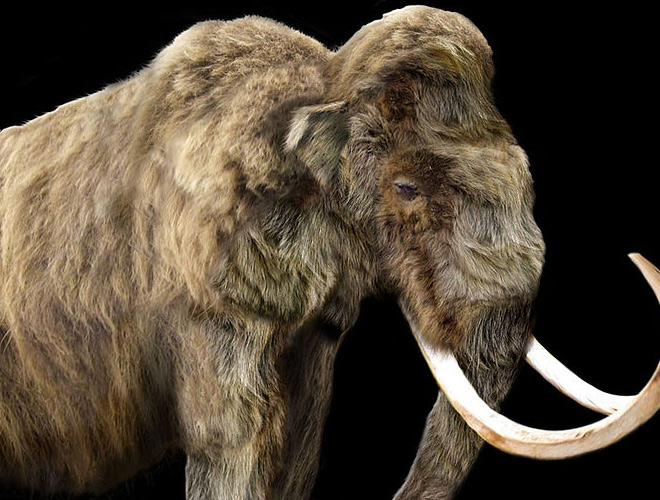Timeline of World History
The History of the World (or world history) describes the history of humanity (or human history) as determined by the study of archaeological and written records. Ancient recorded history begins with the invention of writing. However, the roots of civilization reach back to the earliest introduction of primitive technology and culture.
The History of the World (or world history) describes the history of humanity (or human history) as determined by the study of archaeological and written records. Ancient recorded history begins with the invention of writing. However, the roots of civilization reach back to the earliest introduction of primitive technology and culture. Prehistory begins in the Paleolithic Era, or "Early Stone Age," which is followed by the Neolithic Era, or New Stone Age, and the Agricultural Revolution (between 8000 and 5000 BCE) in the Fertile Crescent. The latter period marked a change in human history, as humans began the systematic husbandry of plants and animals. Agriculture advanced, and most humans transitioned from a nomadic to a settled lifestyle as farmers in permanent settlements. Nomadism continued in some locations, especially in isolated regions with few domesticable plant species; but the relative security and increased productivity provided by farming allowed human communities to expand into increasingly larger units, fostered by advances in transportation.
As farming developed, grain agriculture became more sophisticated and prompted a division of labor to store food between growing seasons. Labor divisions then led to the rise of a leisured upper class and the development of cities. The growing complexity of human societies necessitated systems of writing and accounting. Many cities developed on the banks of lakes and rivers; as early as 3000 BCE some of the first prominent, well-developed settlements had arisen in Mesopotamia, on the banks of Egypt's River Nile, Indus River valley, and major rivers in China.
The history of the Old World (particularly Europe and the Mediterranean) is commonly divided into Ancient history (or "Antiquity"), up to 476 CE; the Postclassical Era (or "Middle Ages"), from the 5th through 15th centuries, including the Islamic Golden Age (c. 750 CE – c. 1258 CE) and the early Italian Renaissance (beginning around 1300 CE); the Early Modern period, from the 15th century to the late 18th, including the Age of Enlightenment; and the Late Modern period, from the Industrial Revolution to the present, including Contemporary History. In the history of Western Europe, the Fall of the Western Roman Empire in 476 CE is commonly taken as signaling the end of Antiquity and the start of the Middle Ages. By contrast, Eastern Europe saw a transition from the Roman Empire to the Byzantine Empire, which did not decline until much later.
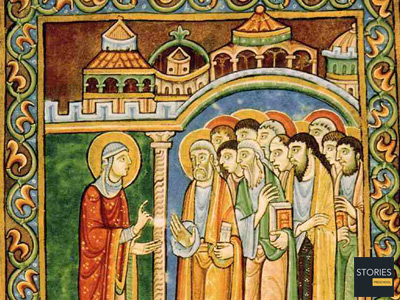
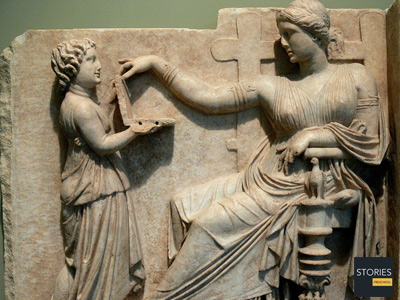
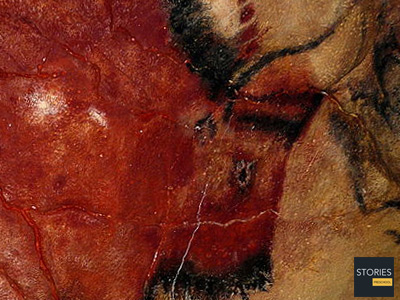
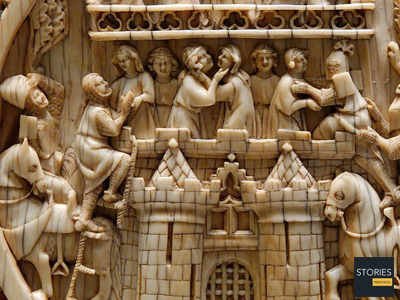
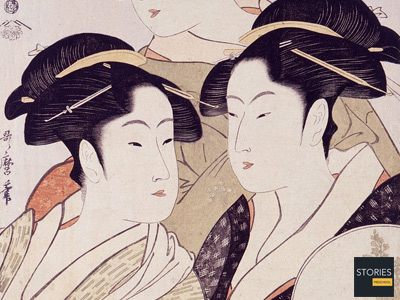
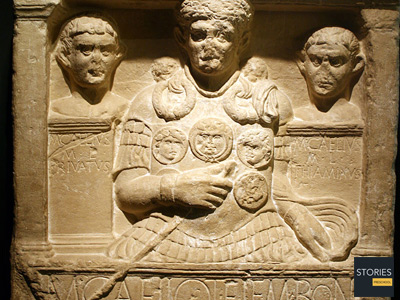
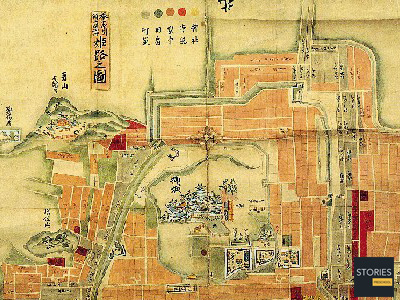
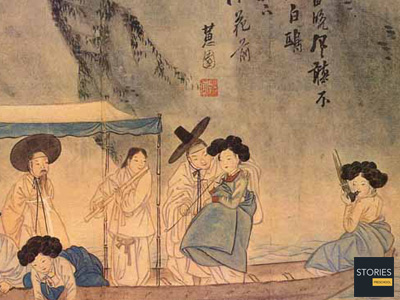
In the mid-15th century, the invention of modern printing, employing movable type, revolutionized communication, helping end the Middle Ages and ushering in the Scientific Revolution. By the 18th century, the accumulation of knowledge and technology, especially in Europe, had reached a critical mass that brought about the Industrial Revolution. Outside the Old World, including ancient China and ancient India, historical timelines unfolded differently. However, by the 18th century, due to extensive world trade and colonization, the histories of most civilizations had become substantially intertwined. In the last quarter-millennium, the rates of growth of population, knowledge, technology, commerce, weapons destructiveness, and environmental degradation have greatly accelerated, creating opportunities and perils that now confront the planet's human communities.
HISTORY

RESOURCES
This article uses material from the Wikipedia articles "Timelines of world history" and "History of the World", which is released under the Creative Commons Attribution-Share-Alike License 3.0.
© Stories Preschool. All Rights Reserved.
